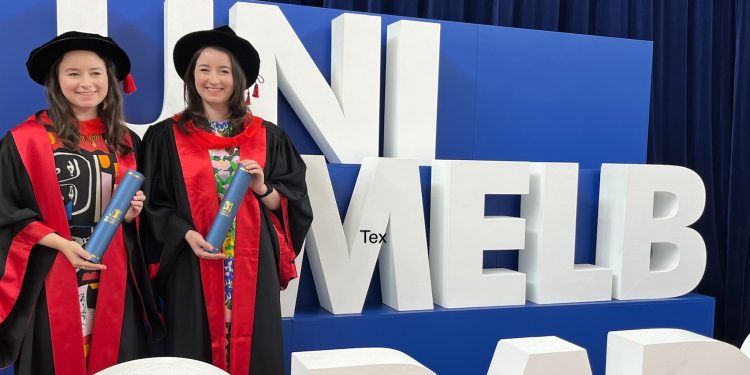New research shows it is essential for Australian universities to develop a local footprint in India if they are to successfully build educational partnerships with strong linkages in India.
The report from the Australia India Institute, the first of its kind, provides a blueprint for Australian universities trying to tap into the high demand from India for top quality tertiary education.
Launched by the Federal Education Minister Jason Clare in Gandhinagar, Mapping Higher Education Engagement Between Australia and India: A Compendium shows education and research are key to strengthening Australia-India relations and developing workforces of the future.
The research looking at 38 Australian universities found Australian and Indian higher education institutions already share more than 400 partnerships. Those partnerships, particularly in academic and research collaboration, have grown exponentially over the last two decades, increasing fivefold from 2007 to 2021.
The report funded by the Federal Education Department, studied the success of Australian educational institutions in engaging and navigating the Indian market, and found the organisations with locally-engaged staff and offices in India have been most successful in building deep and abiding relationships in research and innovation and student mobility.
The reportserves as a guide for universities and governments of both countries for expanding or diversifying existing relationships with their counterparts. It uses data provided by Universities Australia and provides a ‘state of play’ stocktake of active partnerships between Australian and Indian higher education institutions.
It found it is crucial for Australian universities to have an on the ground presence to improve market intelligence and build India literacy.
The report also found education ties with India are a gateway to cutting edge research and innovation in key strategic areas of mutual importance, building a job-ready workforce responsive to both countries’ pressing skill needs.
It highlights Deakin University as a major success story for its Indian footprint, which was first set up in 1994. Deakin now has 57 partnerships with Indian higher education institutions and offers a program that allows Indian PhD students to jointly study in Australia and India, while also working with industry partners.
Australian universities are also exploring joint degree programs with their Indian counterparts. The University of Melbourne’s new dual degree program with Shoolini University aims to create diverse education pathways for incoming Indian students as well as build the capacity of its Indian partners.
“Two-way mobility of students between Australia and India is another growth area for universities. The more these institutions do to build those linkages, the better,” Singh said.
In addition to launching this report, the Federal Education Minister Jason Clare will also deliver the Institute’s Annual Oration during his Ministerial visit to Gandhinagar. Since the oration began in New Delhi, it has heard from a range of eminent speakers who have delivered remarkable addresses on the deep and emerging ties between our nations.
“Minister Clare’s vision for strengthening the Australia-India education relationship through broadening access for students is pivotal to providing opportunity for young people in India,” Singh said.
Mapping Higher Education Engagement Between Australia and India: A Compendium
Key findings:
- Simplifying the regulatory environment in both countries to allow easier recognition of degrees and meaningful collaborations
- Boosted funding for productive PHD programs
- Mobilising existing academic diaspora networks within Australian universities to encourage expanded and deeper engagement for mutually beneficial research and innovation
- Making it easier for two-way mobility that benefits both students and academic staff in both countries
Key statistics:
- International education is Australia’s largest services export, generating $40.3 billion in income and supporting 250,000 jobs in 2019
- In 2020, Australia was positioned as the world’s third largest provider of international tertiary education
- As of July 2023, 118,869 Indian international students were in Australia, highest after China.
- 57 per cent of the Indian middle class is willing to invest substantially in their children’s higher education overseas with an estimated $100 billion projected to be spent on overseas education by 2025
- There are 360 academic and research collaboration agreements recorded. Despite the impact of COVID-19 on academic mobility, partnerships have been on a consistent upward trajectory.
- Deakin University, Western Sydney University and RMIT University lead with the highest number of partnerships with Indian HEIs – 56, 46 and 24 respectively.
- Deakin’s has more than 60 professional staff operating its Indian base in South Delhi and a long-term Indian diaspora member leading its engagement trajectory. It’s also consistently committed to expanding its market intelligence of the Indian socio-economic landscape.











